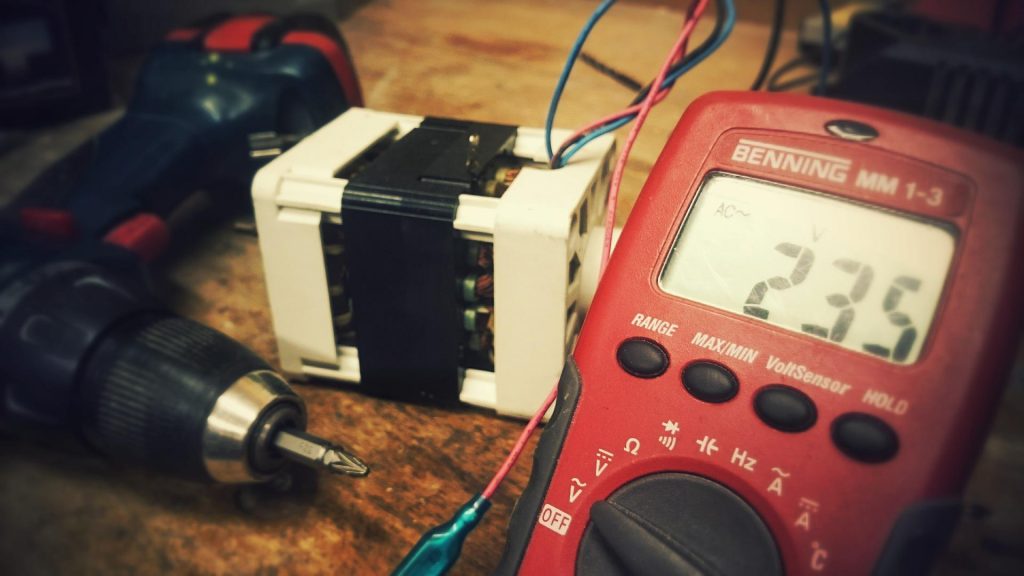All electronic devices and machines have a limited time window in which they are usable and effective at their maximum efficiency. Over time, electronic devices tend to lose their effectiveness, which depends on the components used and their quality.
To effectively maintain electrical equipment, first conducting a Portable Appliance Test (PAT) is necessary to ensure that it is safe to use. If one does not know how to conduct such a test, a PAT testing course can be found online.
What is PAT?
Though most electrical faults and defects can be identified visually, testing through proper tools is required to determine their safety. For example, handling electrical outlets and wires requires first checking them to see if any current is passing through.
Why Conduct PAT?
As time passes and efficiency decreases, electronics have to be maintained. While they will not recover their full efficiency, they do get more and more dangerous as internal wiring gets old and components get worn out.
Rust buildup, exposed wires, and other factors can make electrical appliances more and more risky and dangerous to use. Older appliances are some of the most power-hungry electrical equipment in UK homes and workplaces. As efficiency drops, more electricity is consumed to ensure efficiency is kept up.
The Necessity of Maintenance for Electric Devices and Equipment
Electric devices and equipment supersede traditional processes and techniques. It is a cornerstone of the digital age to have most of our everyday work done by electronic devices.
However, more and more devices that are being used are not designed for long-term use. Electronic devices have an obsolescence period in which they drop their efficiency.
However, most workplaces and homes only have outlets and wires rated for use within the period that the device should be used. That means if a device can be used for ten years, does not mean it should be used for that long. A PAT test can be an effective method to check equipment if an old appliance is still working but you need to make sure if it is safe to use.
Is PAT Testing Legally Required?
There are no laws regarding PAT testing specifically. However, maintaining proper safety for electrical equipment so that it is safe to use is a legal necessity, and heavy fines and imprisonment are imposed for negligence. The Electricity at Work Regulations 1989 determine that electronics that could potentially harm should be maintained for safe use and in proper condition.
This means providing proper warning signs, training to employees conducting electrical work, safety equipment, and measures, etc., have to be provided. While PAT is a part of this process, the test itself is not a legal necessity.
How are PAT Tests Carried Out?
PAT tests check the hardware and conduct visual inspections of the electrical equipment. However, this does not include software, and PAT tests do not check software for safety during work. That is because electrical appliances are designed to have safety locks in place through software for any software-related defect.
That means even if you have voltage control through software for an electronic device, you will only be able to control voltage that is within the safety parameters.
So, a PAT test looks at the internet hardware, wiring, components, and the visual exterior of the electronic equipment.
Steps for a PAT Test
Step 1: Preparation
First, the PAT tester must conduct a visual inspection of the electronic device, and ask the user/owner of the equipment to determine if they have noticed any faults or problems during use.
Step 2: Safety Switches Test
A Residual Current Device (RCD)tester is used to test the safety switches of the electric circuit. If the data readings are outside of the normal range, the PAT tester must give advice to the user accordingly.
Step 3: Earth Continuity Tests
The earth continuity test is performed through a digital multimeter, which passes a current through the earth cable from the plug to where it connects to the electric equipment. Readings above 1 Ohm result in a failed earth continuity test.
Step 4: Insulation Resistance (IR) Test
This test is for checking if an electric device is leaking current. The IR Tester checks the effectiveness of the insulating material within the electronic device to see if it resists the flow of electric current.
How Frequent Should PAT Tests Be?
While there is no specified declaration of the frequency of a PAT test, it is recommended to test electrical equipment through a PAT testing phase at least once every 1-2 years, depending on the type and longevity of the equipment.
Conclusion
Electronic devices are always deteriorating in their quality and efficiency, and they cannot last forever. However, as they age and go through normal wear and tear, they have to be maintained in their exteriors and their inner hardware, and they should be tested for safe use. A PAT test can determine if voltage and current passthrough is safe and the electronic devices are working as intended





